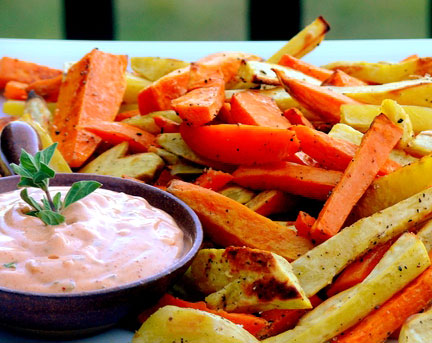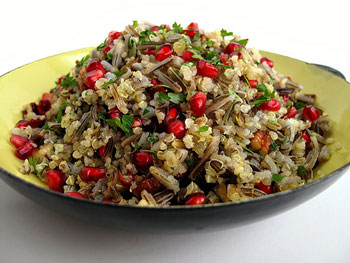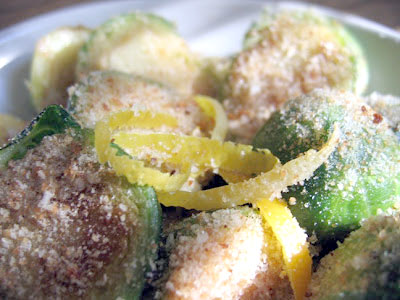 In general, shiitakes come in two forms: the slender stemmed variety and the ones which are fatter, with thicker stems and caps. Mitsuwa and SF Supermarket sell the fatter variety, which have a meater flavor.
In general, shiitakes come in two forms: the slender stemmed variety and the ones which are fatter, with thicker stems and caps. Mitsuwa and SF Supermarket sell the fatter variety, which have a meater flavor.
With so many on hand, they can be used liberally in pastas and soups, grilled, and sautéed with garlic and shallots.
But how to store the ones not eaten those first couple of days?
Everyone knows that mushrooms should only be stored in the refrigerator in paper bags because kept in plastic they quickly go bad. Use a brown paper bag--not a white one, which is coated with wax so the moisture stays inside the bag--in combination with paper towels. The moisture that normally accumulates on the outside of the mushroom is absorbed by the layers of paper.
Kept in the refrigerator another week or two, the brown paper bag-paper towel combination acts as a dehydrator pefectly drying the mushrooms. This technique only works successfully with shiitakes.
If by chance any of the dried shiitakes develop mold, discard and keep the good ones. In my experience, more than 95% will dehydrate without harm.

 I came home from the market the other day and I had bags of acorn squash, butternut squash, parsnips and obviously the sweet potatoes and yams you see here.
I came home from the market the other day and I had bags of acorn squash, butternut squash, parsnips and obviously the sweet potatoes and yams you see here. I'm not much of a coffee drinker but I love hot chocolate and I love tea. I enjoy the richness of hot chocolate, but sometimes it's a bit too much. I certainly couldn't drink it everyday. I have tried quite a few chocolate flavored teas and while some of them are pretty good, I've discovered a more satisfying solution. I make hot cocoa with equal parts tea and milk.
I'm not much of a coffee drinker but I love hot chocolate and I love tea. I enjoy the richness of hot chocolate, but sometimes it's a bit too much. I certainly couldn't drink it everyday. I have tried quite a few chocolate flavored teas and while some of them are pretty good, I've discovered a more satisfying solution. I make hot cocoa with equal parts tea and milk.  Stuffing, mashed potatoes, sweet potato casserole, green bean casserole. Most people will say that Thanksgiving isn't a holiday without these traditional dishes, but that doesn't have to be the case. Although they are classics, it doesn't mean they can't be reinterpreted, reimagined, or replaced with an equally interesting seasonal side dish. When vegetarians are around, it's also courteous to keep them in mind when planning the menu.
Stuffing, mashed potatoes, sweet potato casserole, green bean casserole. Most people will say that Thanksgiving isn't a holiday without these traditional dishes, but that doesn't have to be the case. Although they are classics, it doesn't mean they can't be reinterpreted, reimagined, or replaced with an equally interesting seasonal side dish. When vegetarians are around, it's also courteous to keep them in mind when planning the menu. It happens every Sunday. Clamoring crowds jostle for space around the popular tables at the farmers’ market to check out the hip Meyer lemons, the chic wild arugula, and the sexy red strawberries (yes, we really did have fresh strawberries this past week).
It happens every Sunday. Clamoring crowds jostle for space around the popular tables at the farmers’ market to check out the hip Meyer lemons, the chic wild arugula, and the sexy red strawberries (yes, we really did have fresh strawberries this past week).
